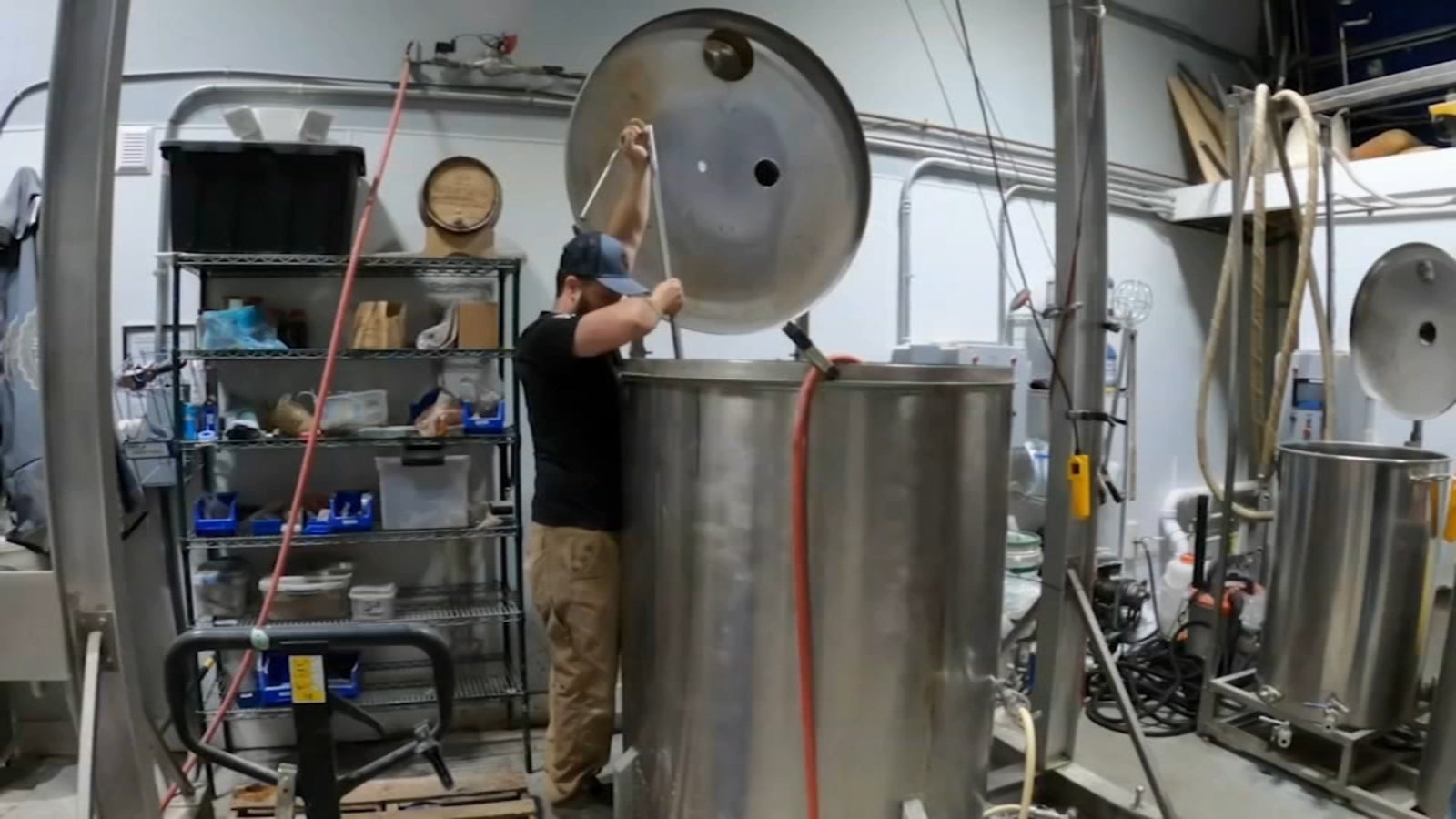Behind-the-Scenes at a Distillery in Galveston: Tours and Tastings
Behind-the-Scenes at a Distillery in Galveston: Tours and Tastings
Blog Article
Unlocking the Mysteries of Distillery Processes: A Detailed Introduction
Within the realm of distillery processes lie details that typically continue to be veiled to the casual viewer. As we venture into the depths of spirit aging methods and the accuracy of quality control procedures, a tapestry of flavors and aromas emerges, shaped by innovative methods and classic customs.
The Art of Mashing and Fermentation
In the distillery procedure, the art of mashing and fermentation plays an essential duty in transforming raw materials into the preliminary stages of alcohol production. Mashing involves the procedure of damaging down the starches in grains like corn, rye, or barley, into fermentable sugars.
As soon as the wort is developed, fermentation comes right into play. Yeast, a principal in this stage, is included in the wort to start the fermentation procedure. Yeast takes in the sugars in the wort, producing alcohol and co2 as byproducts. This transformative procedure typically takes a number of days to complete, relying on the wanted alcohol material and flavor account.
Mashing and fermentation are complex processes that establish the foundation for the alcohol that will become distilled and aged to develop a final item with unique features and flavors.
Recognizing the Distillation Refine
One of the critical stages in the manufacturing of alcohol includes comprehending the purification process. Purification is a method utilized to different alcohol from the fermented fluid, normally through home heating and cooling down procedures. Throughout distillation, the fermented fluid is heated in a still, creating the alcohol to evaporate at a reduced temperature level than water because of its lower boiling factor. The vapor is then gathered and cooled down back right into fluid type, leading to a more focused alcohol content.

Comprehending the purification process is important for distillers to control the top quality, toughness, and preference of the alcohol being produced. By mastering the art of distillation, distilleries can produce a large range of spirits with unique qualities that attract different consumer choices.
Tricks of Spirit Aging Strategies
Exploring the complexities of spirit aging techniques unveils the hidden artistry behind the growth of nuanced tastes and fragrances in distilled drinks. The aging process is a critical phase in the manufacturing of spirits, where the fluid communicates with the oak barrels, absorbing compounds that improve its profile over time. Distilleries frequently use charred oak barrels, which impart one-of-a-kind tastes to the spirit with a process of removal and oxidation.
Moreover, the environmental problems in which the barrels are kept play a considerable role in forming the end product. Variations in temperature level and humidity can affect the price of aging and the interactions in between the spirit and timber. Master distillers skillfully browse these variables to craft spirits with unique personalities, personifying the conclusion of time-honored practices and ingenious techniques.
Quality Assurance and Screening Methods
The thorough workmanship demonstrated in picking barrels and managing aging periods in the spirits manufacturing procedure highlights the crucial relevance of rigid quality control procedures and precise screening methods (Galveston Whiskey). Quality assurance in distilleries includes numerous stages to make certain that each set satisfies the wanted criteria. From resources inspection to final product evaluation, each step is important in maintaining consistency and quality
One vital check over here element of top quality control is sensory examination, where trained experts examine the fragrance, flavor, and general high quality of the spirits. Chemical evaluation techniques such as gas chromatography and mass spectrometry are employed to discover any kind of impurities or discrepancies from the wanted structure. In addition, physical examinations like density measurements and pH analysis supply next page more understandings right into the item's characteristics.
To assure adherence to governing needs and inner criteria, distilleries also conduct microbiological screening to examine for any type of microbial contamination that might impact the product's safety and life span. By carrying out durable quality assurance and testing approaches, distilleries can maintain their track record for creating premium spirits continually.
Discovering Special Flavor Mixtures

In the process of taste infusion, the chosen botanicals are contributed to the base spirit and entrusted to emaciate or steep for a specified duration. This enables the alcohol to draw out the flavors and essential oils from the botanicals, causing an unified blend of preferences (Breweries in Galveston Texas). Distilleries might likewise employ strategies like vapor mixture or basket infusion throughout purification to pass on specific tastes to the spirit
Additionally, some distilleries go with barrel aging or barrel completing techniques to present additional intricacy and about his depth to their spirits via communications with the wood. These approaches add to the creation of special flavor accounts that attract a critical audience looking for book and memorable alcohol consumption experiences.
Conclusion
In verdict, the distillery refines involve complex steps such as mashing, fermentation, distillation, taste, and aging mixtures. Quality control and screening techniques are crucial in making sure the final product fulfills standards. Recognizing the science behind these processes is crucial for producing high-grade spirits. By unlocking the secrets of purification, distillers can create distinct and flavorful spirits that appeal to a vast array of consumers.
As we venture into the depths of spirit aging methods and the accuracy of top quality control steps, a tapestry of fragrances and tastes arises, formed by innovative methods and time-honored practices. Distilleries typically make use of charred oak barrels, which present one-of-a-kind tastes to the spirit via a procedure of extraction and oxidation.Using a diverse range of components and botanicals, distilleries can craft distinct flavor mixtures that set their spirits apart in a competitive market. Galveston Liquor.In the process of flavor mixture, the selected botanicals are added to the base spirit and left to emaciate or steep for a specified period. Distilleries might likewise utilize methods like vapor infusion or basket mixture throughout purification to pass on certain flavors to the spirit
Report this page